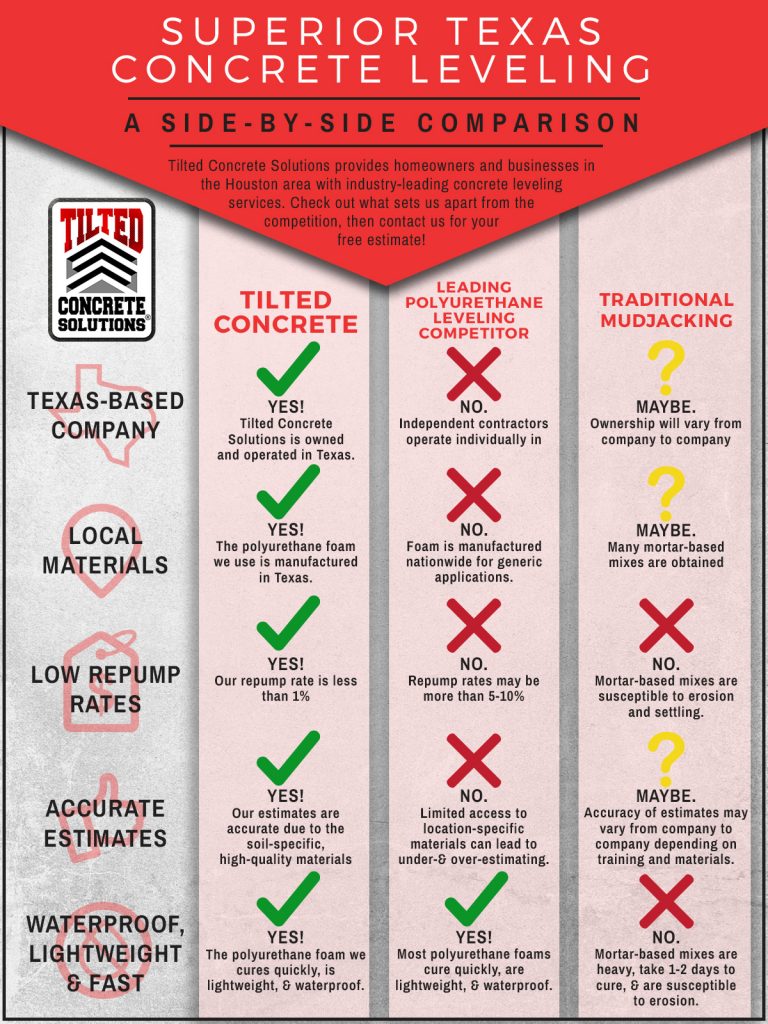Comprehensive Process For Getting Your Wall Surfaces Ready For A Fresh Coat Of Paint
Comprehensive Process For Getting Your Wall Surfaces Ready For A Fresh Coat Of Paint
Blog Article
Staff Author-Nance Balslev
When you're prepping your wall surfaces for painting, it's essential to follow a systematic procedure to guarantee a remarkable surface. Beginning by taking a look at the wall for any type of damages; this step can make or damage your job. As soon as you've identified any issues, cleaning up the surface appropriately is essential, as a filthy wall surface can impact paint adhesion. After that, you'll require to patch any blemishes and use a guide. Yet there are specific methods and tips that can elevate your preparation game-- let's discover those further to achieve the best results.
Assessing Wall Surface Problem
Prior to you order your paintbrush, take a minute to analyze your walls' problem. Check for any type of noticeable damage like splits, openings, or peeling off paint. These flaws can influence exactly how the paint adheres and looks once it's completely dry. If you see any substantial damage, you'll need to prioritize repair services before diving right into painting.
Look very closely at the appearance of your wall surfaces. Is the surface smooth, or is there appearance that might call for unique consideration? Smooth wall surfaces typically need much less prep, while distinctive surface areas may need even more time to repaint evenly.
Likewise, think about the previous paint work. If the old paint is glossy, it mightn't enable new paint to stick correctly. You'll would like to know if your wall surfaces have been repainted with oil-based or water-based paint, as this can impact your option of guide or paint.
Ultimately, bear in mind of any kind of dampness concerns. If you see signs of water damages or mold, address these troubles right away to avoid additional issues.
Cleaning up the Surface
Once you have actually examined the condition of your walls, the next action is cleansing the surface area. Start by collecting your products: a pail, warm water, a light cleaning agent, a sponge or towel, and a scrub brush for tougher places.
Begin at the top edge of the wall surface and function your method down. Mix the cleaning agent with cozy water in your container, then dip the sponge or fabric right into the solution. Wring it out to prevent too much moisture on the wall surfaces.
As you clean, pay very close attention to locations that might've accumulated dust, oil, or fingerprints. For persistent discolorations, use the scrub brush delicately to prevent damaging the paint beneath. Rinse your sponge or towel frequently in clean water to stop spreading out dirt around.
After cleaning, simply click the up coming internet page to clean the wall surfaces with a wet cloth to remove any soap deposit. This step guarantees a smooth surface for the brand-new paint to stick to.
Enable the wall surfaces to completely dry totally prior to going on to the following prep work actions. This detailed cleaning procedure will certainly help produce a fresh canvas for your painting task, ensuring the very best results.
Patching and Priming
Patching and priming are vital steps in preparing your walls for a fresh layer of paint. First, check your walls for any type of holes, splits, or blemishes. Use a top notch spackling substance or patching paste to fill up these areas.
Use the compound with a putty knife, smoothing it out so it's flush with the bordering surface. Permit it to completely dry totally, and then sand it gently until it's smooth and even.
When you have actually covered whatever, it's time to prime. Primer assists secure the covered locations, guaranteeing the paint sticks effectively and offers a consistent finish. Pick a primer appropriate for your wall surface kind and the paint you'll be utilizing.
Use the primer using a roller for larger locations and a brush for edges and edges. If https://www.bobvila.com/slideshow/the-13-painting-mistakes-almost-everyone-makes-48420 patched areas are dramatically large or permeable, you could intend to use a second layer of guide after the initial one dries.
After priming, let whatever dry completely before proceeding to paint. This preparation will not just boost the appearance of your walls however also lengthen the life of your paint work.
Take your time, and you'll be pleased with the results.
Conclusion
By following these easy steps, you can achieve a smooth and specialist surface on your walls. Start by assessing their condition, then clean and spot any kind of imperfections prior to using guide. Bear in mind to enable appropriate drying out time and guarantee every little thing is smooth prior to you study painting. With the right preparation, you'll establish the stage for a gorgeous change in your space. Currently, collect your supplies, inhale the fresh air, and prepare yourself to paint!
